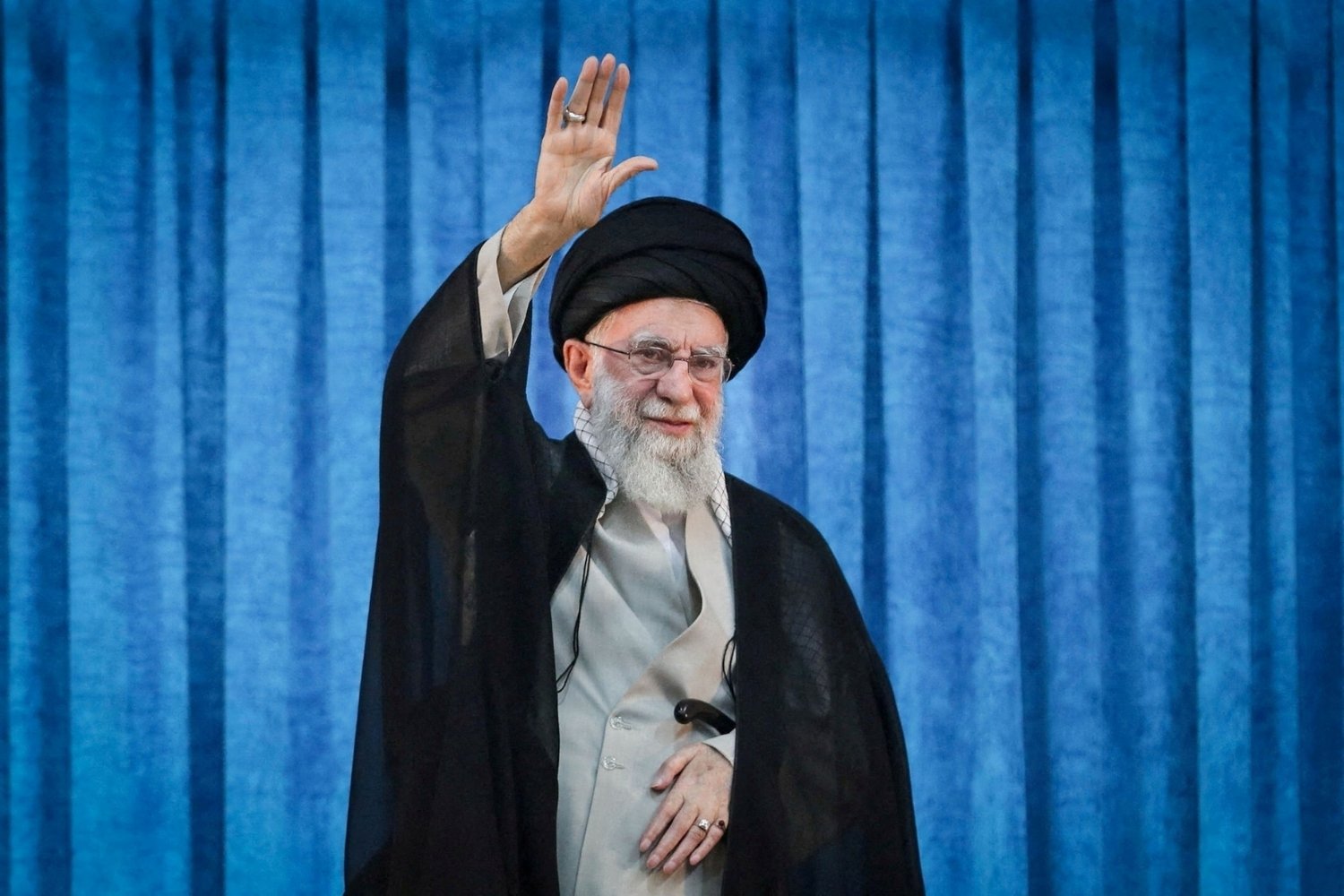
Who is Ali Khamenei? Ali Khamenei is the Supreme Leader of Iran, a position he has held since 1989. Why is he significant? As the highest-ranking political and religious authority in Iran, Khamenei wields immense power over the country's policies, military, and media. What makes him unique? Unlike many leaders, Khamenei combines political influence with religious authority, shaping Iran's direction both domestically and internationally. What are some lesser-known facts? Beyond his political role, Khamenei has a background in literature and poetry, and he survived an assassination attempt in 1981. Why should you care? Understanding Khamenei's influence helps explain Iran's complex political landscape and its interactions on the global stage. Ready to learn more? Let's dive into 25 intriguing facts about Ali Khamenei.
Early Life and Education
Ali Khamenei, the Supreme Leader of Iran, has a fascinating background that shaped his path to power. Here are some intriguing facts about his early years and education.
- Born on July 17, 1939, in Mashhad, Iran, Ali Khamenei grew up in a religious family.
- His father, Seyyed Javad Khamenei, was a cleric, which influenced Ali's religious upbringing.
- Khamenei began his religious education at an early age, studying at a local seminary in Mashhad.
- He later moved to Qom, a significant center for religious studies in Iran, to continue his education.
- Khamenei studied under prominent scholars, including Ayatollah Boroujerdi and Ayatollah Khomeini.
Political Rise
Khamenei's political journey is marked by significant milestones that led to his current position as Supreme Leader. Let's explore some key moments.
- In the 1960s, Khamenei became involved in the anti-Shah movement, opposing the Pahlavi dynasty.
- He was arrested multiple times by the Shah's secret police, SAVAK, for his political activities.
- After the 1979 Islamic Revolution, Khamenei held various governmental positions, including Deputy Minister of Defense.
- He was appointed Tehran's Friday Prayer Leader in 1980, a role that increased his influence.
- In 1981, Khamenei survived an assassination attempt that left his right arm permanently injured.
Supreme Leadership
Khamenei's tenure as Supreme Leader has been marked by significant events and policies. Here are some notable facts about his leadership.
- He became Supreme Leader of Iran on June 4, 1989, following the death of Ayatollah Khomeini.
- Khamenei is the second person to hold the position of Supreme Leader in Iran's history.
- His leadership style is characterized by a strong emphasis on Islamic principles and anti-Western rhetoric.
- Khamenei has significant control over Iran's military and security forces.
- He has the final say on all major state policies, including foreign affairs and nuclear policy.
Influence on Culture and Society
Khamenei's impact extends beyond politics into various aspects of Iranian culture and society. Here are some interesting insights.
- He has promoted the concept of "Islamic culture" and encouraged the production of Islamic art and literature.
- Khamenei has a keen interest in poetry and has written several poems himself.
- He has emphasized the importance of family values and traditional gender roles in Iranian society.
- Khamenei has supported the development of Iran's scientific and technological capabilities.
- He has been a vocal critic of Western cultural influence, advocating for cultural independence.
Controversies and Criticisms
Like many political figures, Khamenei's leadership has not been without controversy. Here are some contentious aspects of his rule.
- Khamenei has faced criticism for his handling of human rights issues in Iran, including the suppression of political dissent.
- His administration has been accused of restricting freedom of the press and censoring media.
- Khamenei's stance on women's rights has been a point of contention, with critics arguing that his policies limit women's freedoms.
- He has been criticized for his role in Iran's economic challenges, including high inflation and unemployment rates.
- Khamenei's foreign policy, particularly his opposition to Israel and support for militant groups, has drawn international condemnation.
Final Thoughts on Ali Khamenei
Ali Khamenei's life and influence are undeniably significant. From his early days in Mashhad to becoming Iran's Supreme Leader, his journey is marked by resilience, strategic thinking, and a deep commitment to his beliefs. His role in shaping Iran's political landscape, especially post-1979 Revolution, showcases his ability to navigate complex political terrains. Khamenei's influence extends beyond politics, impacting Iran's culture, education, and international relations. Understanding these 25 facts gives a clearer picture of a leader who has been pivotal in Iran's modern history. Whether admired or criticized, Khamenei's impact is profound and lasting. His story is a testament to the power of conviction and the complexities of leadership in a turbulent world.
Was this page helpful?
Our commitment to delivering trustworthy and engaging content is at the heart of what we do. Each fact on our site is contributed by real users like you, bringing a wealth of diverse insights and information. To ensure the highest standards of accuracy and reliability, our dedicated editors meticulously review each submission. This process guarantees that the facts we share are not only fascinating but also credible. Trust in our commitment to quality and authenticity as you explore and learn with us.
